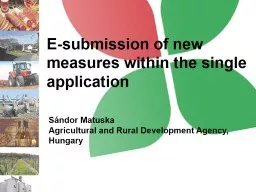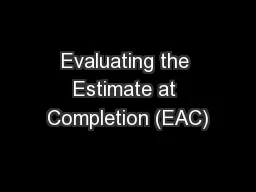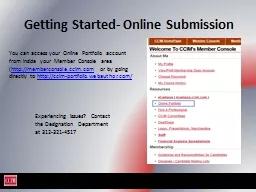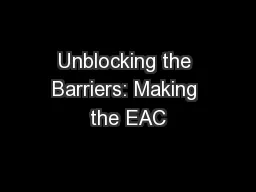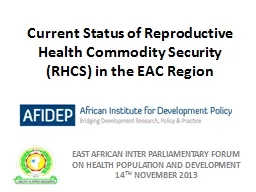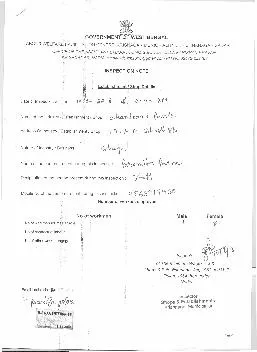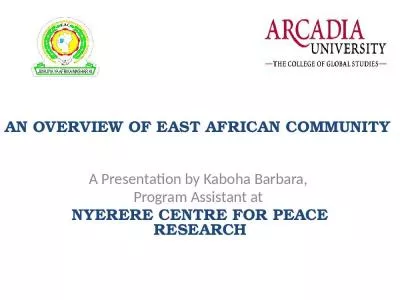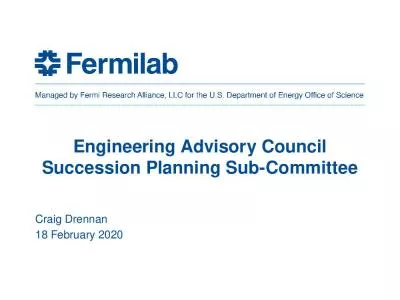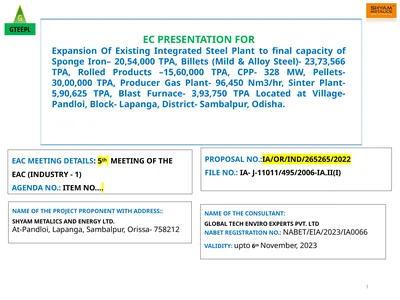PPT-SUBMISSION BEFORE THE EAC (INDUSTRY II)
Author : BookWorm | Published Date : 2022-08-04
FOR PROPOSED EXPANSION OF DISTILLERY UNDER EBP PROGRAMME EXPANSION OF DISTLLERY FOR ETHANOL PRODUCTION FROM 200 KLD TO 845 KLD USING C Heavy Molasses B Heavy
Presentation Embed Code
Download Presentation
Download Presentation The PPT/PDF document "SUBMISSION BEFORE THE EAC (INDUSTRY II)" is the property of its rightful owner. Permission is granted to download and print the materials on this website for personal, non-commercial use only, and to display it on your personal computer provided you do not modify the materials and that you retain all copyright notices contained in the materials. By downloading content from our website, you accept the terms of this agreement.
SUBMISSION BEFORE THE EAC (INDUSTRY II): Transcript
Download Rules Of Document
"SUBMISSION BEFORE THE EAC (INDUSTRY II)"The content belongs to its owner. You may download and print it for personal use, without modification, and keep all copyright notices. By downloading, you agree to these terms.
Related Documents



